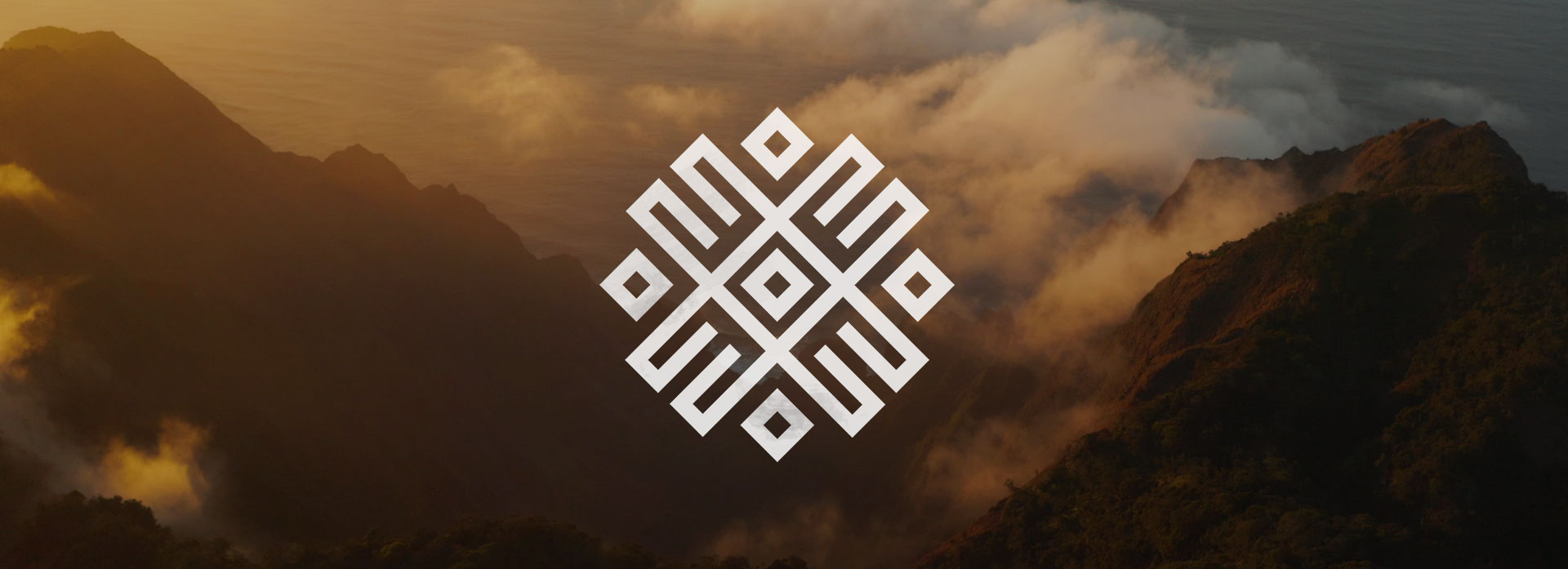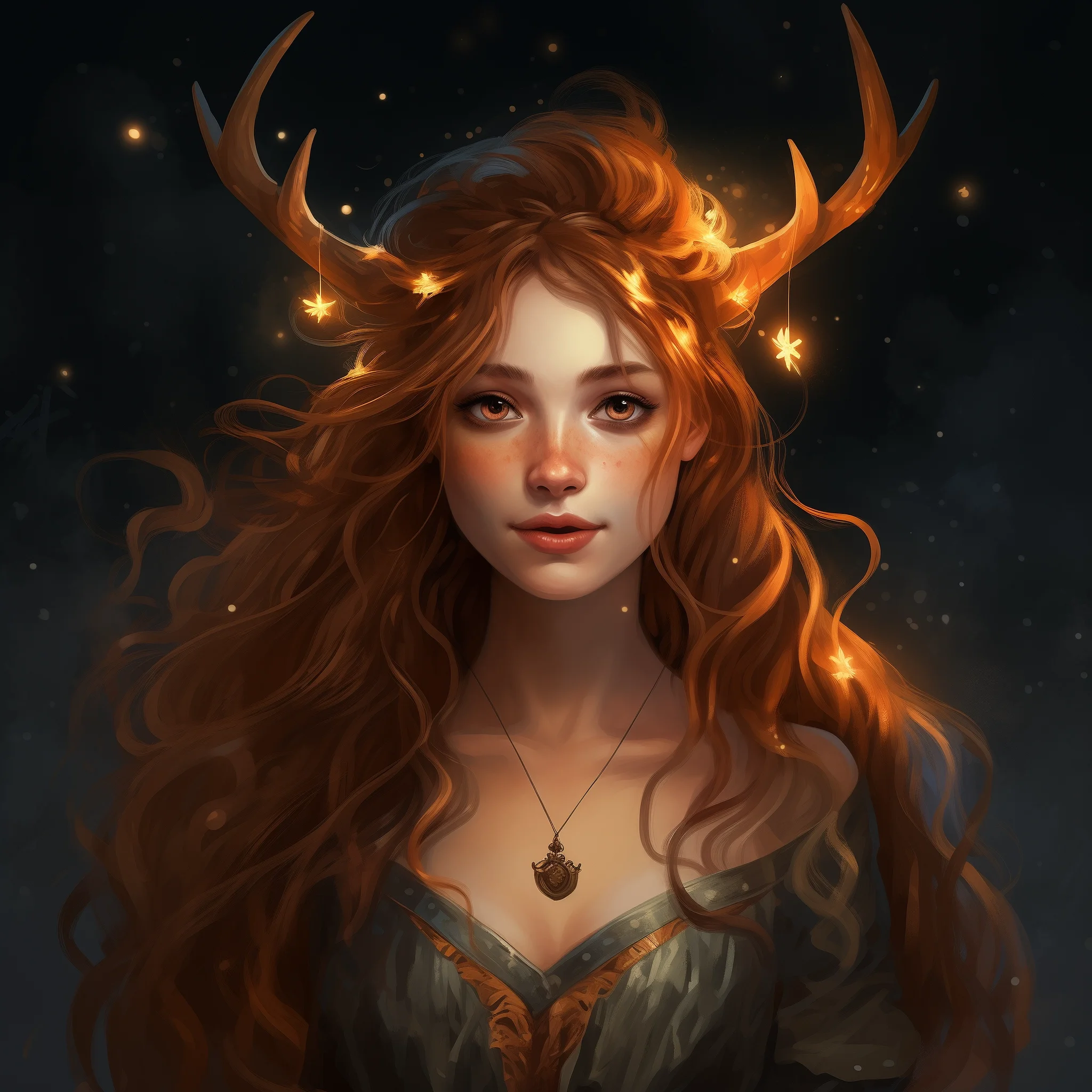I often wonder what our Lady of Life thinks of the troubles between her creations. Does she weep over the blood that we spill and the destruction we've brought to the land?— Navlín Nalídari, a Laiqí in Enliten
Heláia, the Lady of Life, is the firstborn daughter of
Palális and
Elíhilis according to the
Pantheon of the Dawn. She was brought into the world to bring life to
Riel, filling it with plants and wildlife and therefor she is the only deity, other than her parents, with the power to create new life from nothing. Her greatest achievement was the creation of the
geprati, intelligent creatures made in the image of the gods who could carry out their will in the world and build civilisation that could glorify the divines.
God of the Geprati
All the geprati were born as one and I refuse to believe that our fate is to eradicate one another.— Navlín Nalídari, a Laiqí in Enliten
Palális and Elíhilis created Heláia so that she could fill the barren planet of Riel with greenery and life. Heláia’s creations were for a time undying, leaving the
Riehelíhei, the afterlife, devoid of inhabitants. To bring balance and progress to the stagnant world, Elíhilis proposed that a new god was required to bring mortality to Heláia’s plants and creatures. Her younger sister,
Tolóni, became the solution to this predicament. The two sisters were at odds for a long time as one brought life and the other death, but overtime Heláia realized the importance of her sibling and made amends.
Greatest Creation
With her tensions with Tolóni solved and the world filled with mortal life, Heláia’s ambitions grew higher. Without informing the rest of her family, the Lady of Life poured her might into the ultimate creature that she hoped would care for the life she had created and that these beings would in time build great civilisations of their own that would honour her and the other gods.
As Heláia was in the middle of creating this new intelligent form of life, a sudden weakness gripped her body and shrouded her mind in fog. Unable to concentrate, she was instead forced to split her powers of creation in three, leading to the birth of the
alcheni,
panedur, and
humanity. Unsure of how these three separate peoples would get along with one another, Heláia placed them in different parts of the world so that they would have room to grow on their own. Once it was clear that these species we now know as the geprati could survive on their own, the Lady of Life created three new gods that embody the strongest traits of all three species. These new gods,
Lirúlinis,
Inivél, and
Marítir, allowed their mother’s greatest creations to not just survive, but thrive and surpass the gods’ expectations.
Common Domains
- Agriculture
- Animal husbandry
- Horticulture
- Nature
- Wild animals
- Life
Cult of Heláia
Followers dedicated to Heláia are common in rural areas, where nature and agriculture are highly valued. Many of the religious alcheni migrants that have settled down in the
Kingdom of Enliten make regular sacrifices to Heláia while praying for good relations with their fellow geprati neighbours.
Some of these Heláia followers organise semi-regular cultural events with the intention of building bridges between the alcheni, panedur, and humans.



I love the story of how the different sophonts came to be.
Explore Etrea